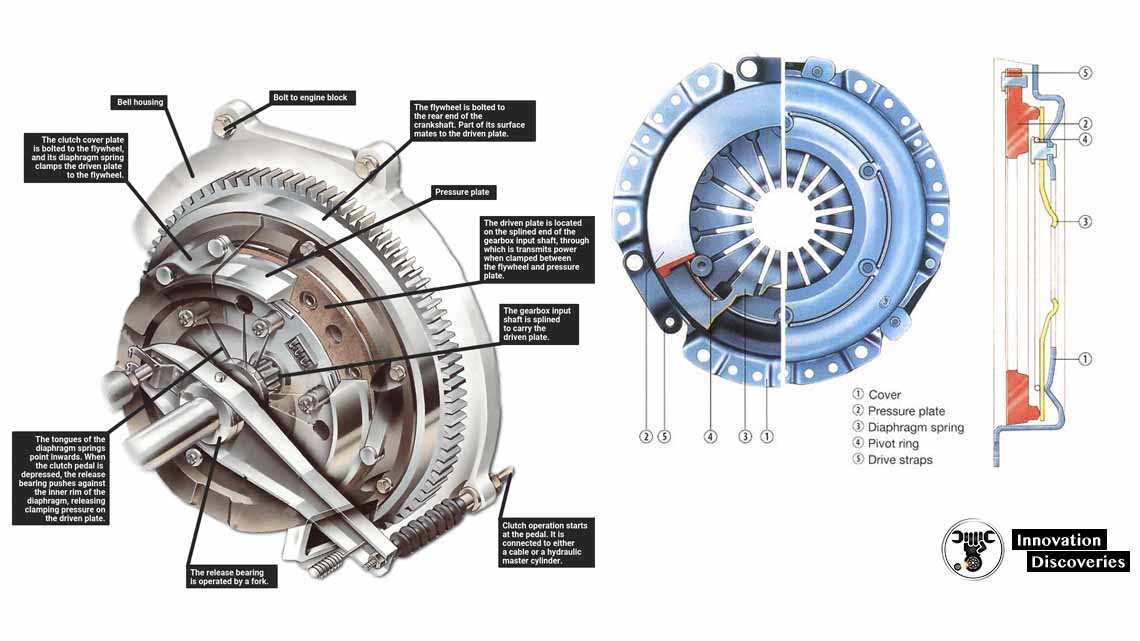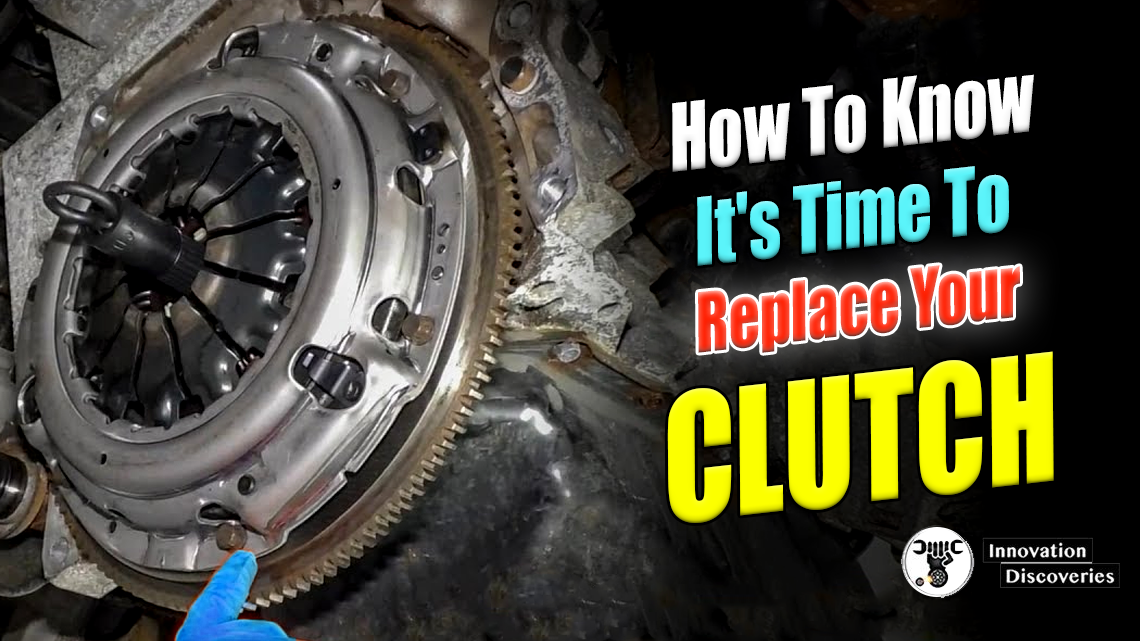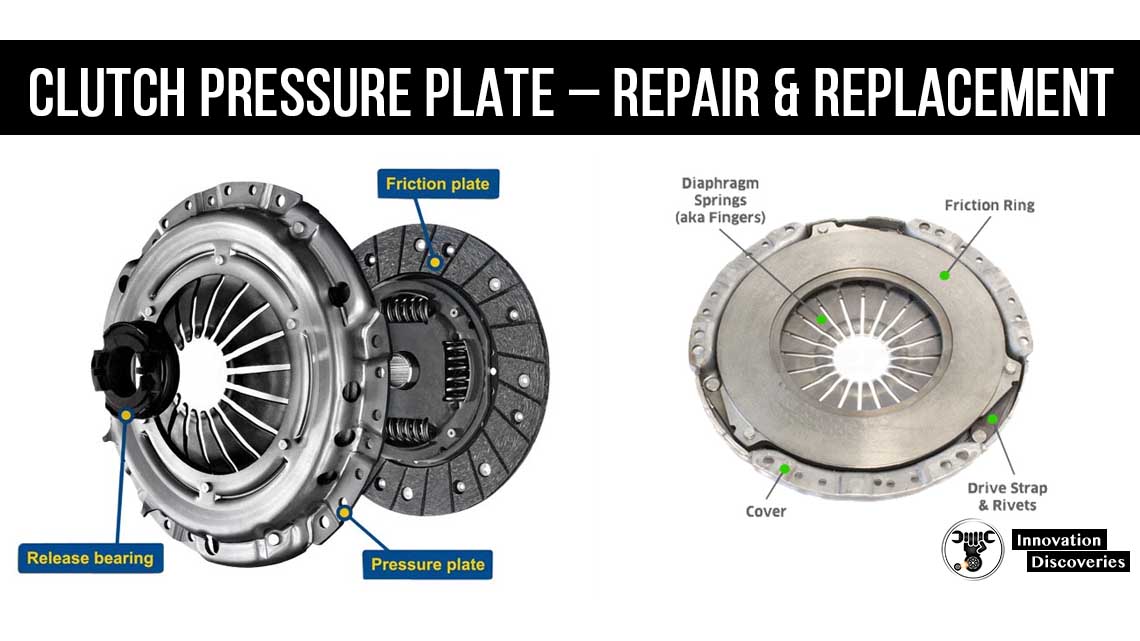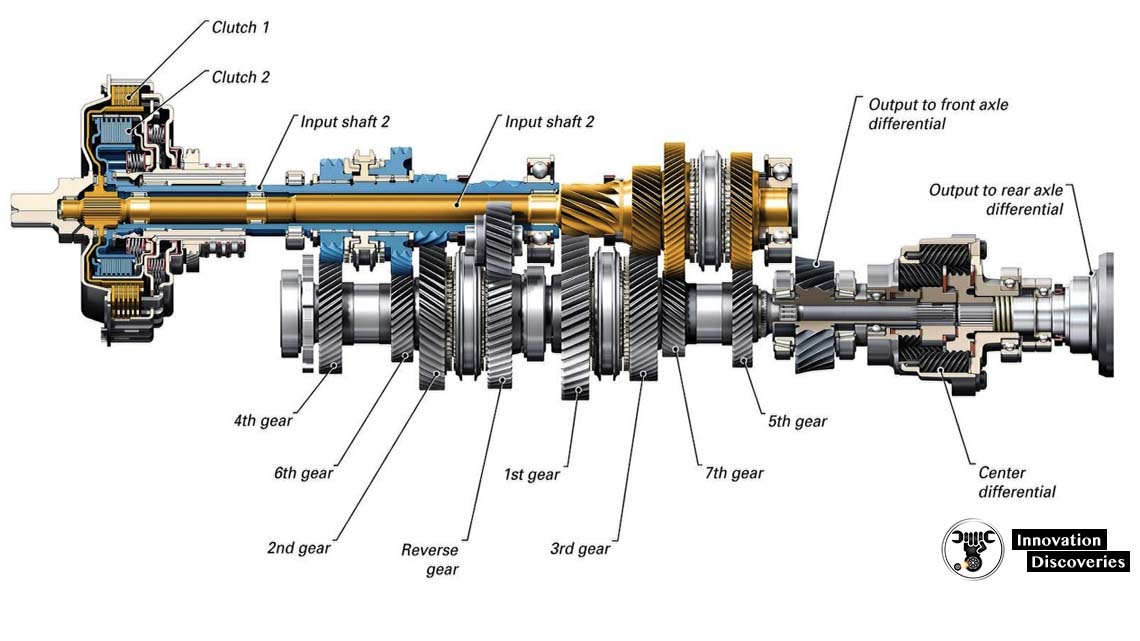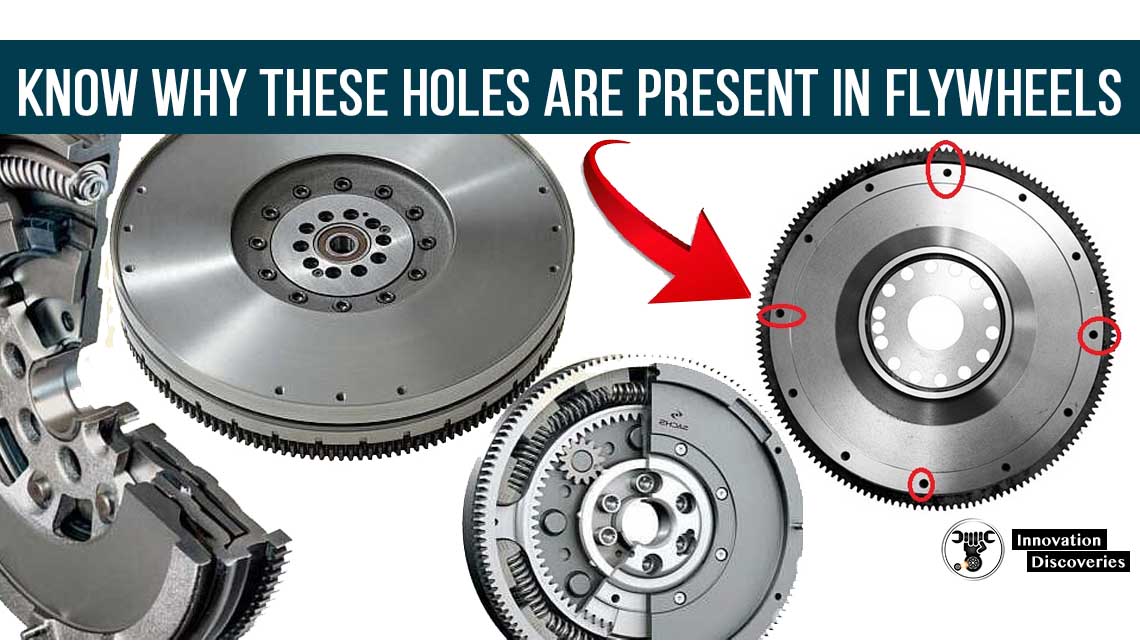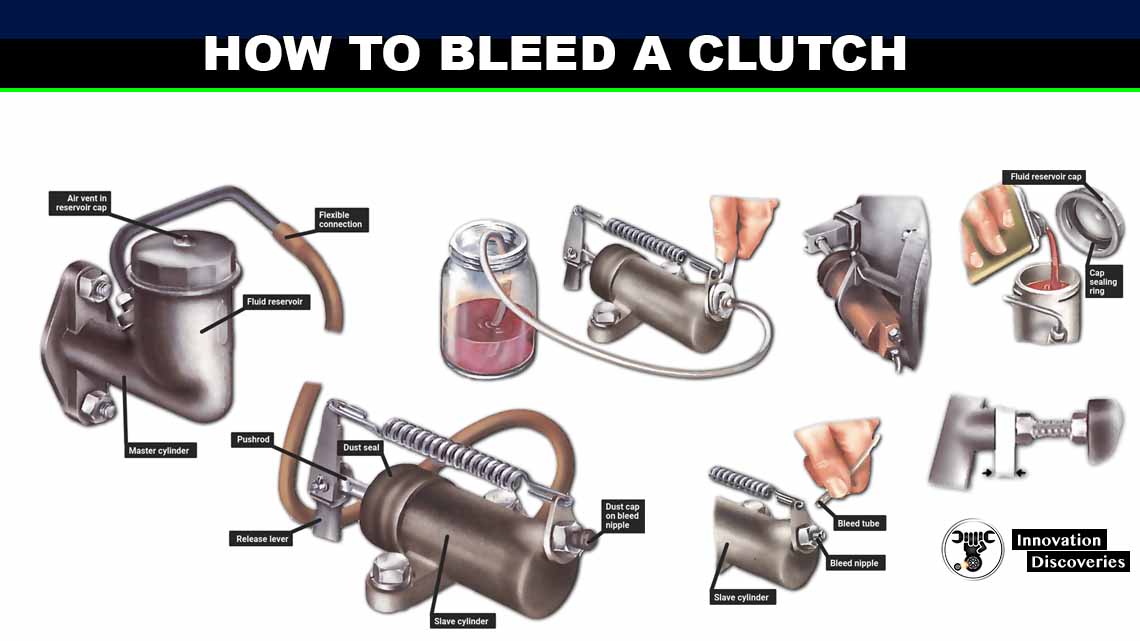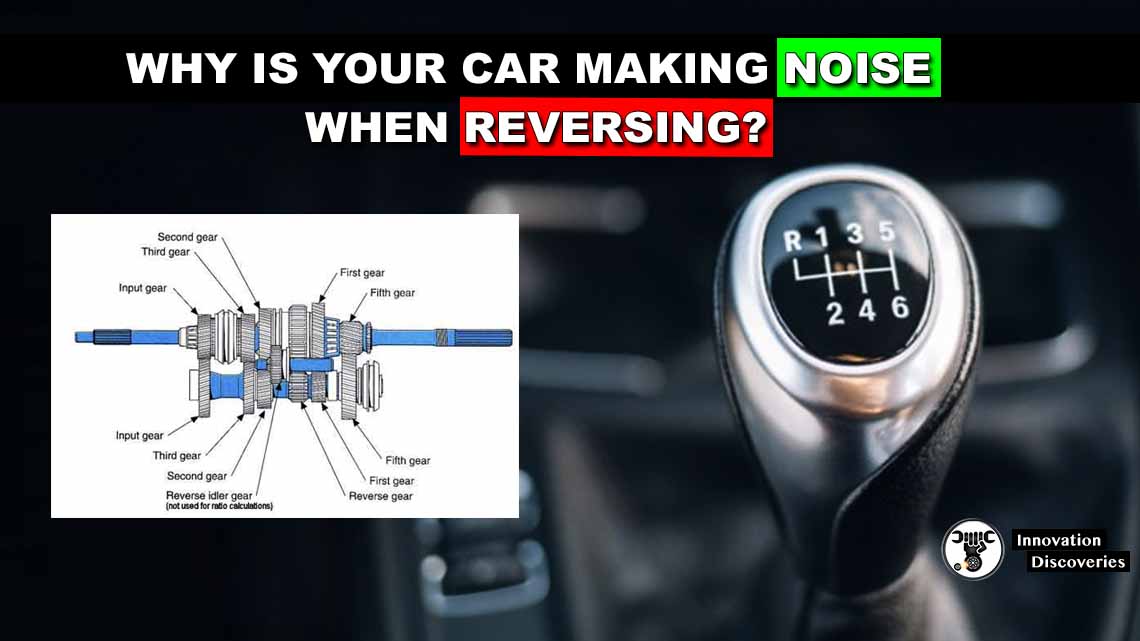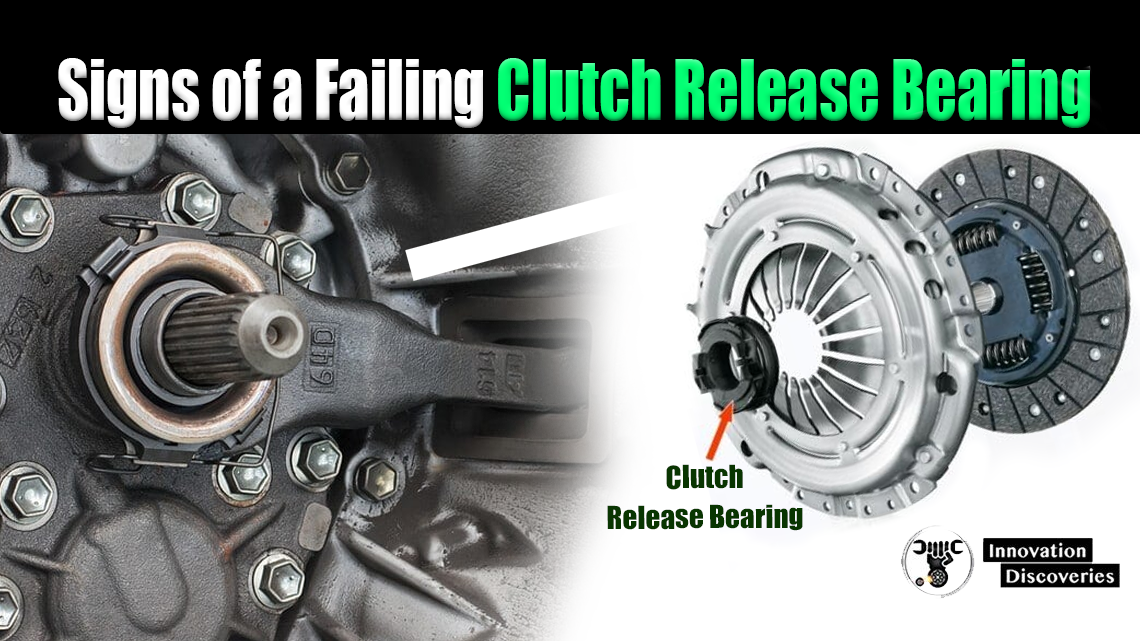
Introduction:
The clutch release bearing, also known as the throw-out bearing, is a critical component in manual transmission vehicles. It facilitates the engagement and disengagement of the clutch by transferring force from the clutch pedal to the pressure plate.
Like any mechanical part, the release bearing can wear out over time, leading to various symptoms that indicate potential issues. Recognizing these signs early can prevent further damage to your vehicle’s transmission system.
In this article, we’ll explore the common symptoms of a failing clutch release bearing and what you should do if you encounter them.
1. Strange Noises:
One of the most noticeable symptoms of a failing clutch release bearing is unusual noises. These may include squealing, chirping, or grinding sounds when you depress the clutch pedal.
These noises often occur when the bearing is under load, such as during clutch engagement or disengagement. Pay attention to any new or unfamiliar sounds, as they could indicate a problem with the release bearing.
2. Vibration:
A worn release bearing can also cause vibration, particularly through the clutch pedal. You may feel a noticeable vibration when you depress the pedal, indicating that the bearing is not operating smoothly.
This vibration may be accompanied by rough engagement or disengagement of the clutch, further highlighting the issue.
3. Difficulty Shifting Gears:
If you’re having trouble shifting gears, especially into first gear or reverse, a failing release bearing could be to blame.
You might experience resistance or grinding when trying to engage the gear, indicating that the bearing is not allowing the clutch to fully disengage. Difficulty shifting gears is a clear sign that your vehicle’s transmission system needs attention.
4. Clutch Slippage:
Clutch slippage occurs when the clutch fails to fully disengage, even when the pedal is pressed. A failing release bearing can contribute to this problem, causing power loss and difficulty accelerating.
If you notice that your vehicle’s engine revs increase without a corresponding increase in speed, it could be a sign of clutch slippage due to a worn release bearing.
5. Changes in Clutch Pedal Feel:
Pay attention to any changes in the feel of your clutch pedal. A failing release bearing may cause the pedal to feel softer or spongier than usual, or you may notice increased resistance when depressing the pedal.
These changes in pedal feel could indicate underlying issues with the clutch system that require inspection and repair.
Conclusion:
The clutch release bearing is a vital component of a manual transmission vehicle, and recognizing the signs of a failing bearing is essential for maintaining the health of your vehicle’s transmission system.
If you experience any of the symptoms mentioned in this article, it’s important to have your vehicle inspected by a qualified mechanic promptly. Ignoring issues with the release bearing can lead to further damage and more costly repairs down the line.
By staying vigilant and addressing problems early, you can ensure smooth operation and prolong the life of your vehicle’s transmission system.
Discover More:
What are the Main Components of the Gear Box?
CHECKING AND REMOVING A CLUTCH MASTER CYLINDER
Visit Forum
Visit Our Friendly Website


